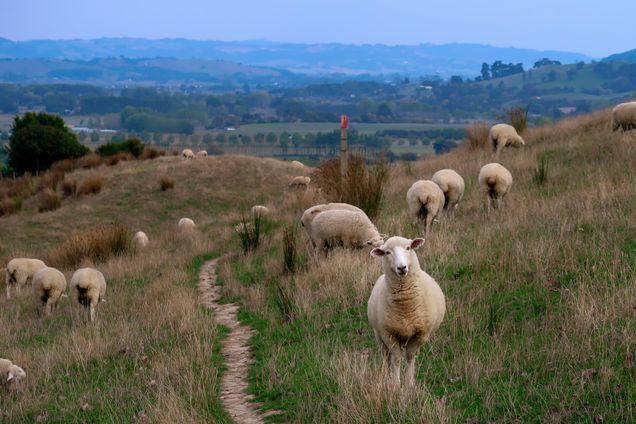Ecological and Economic Benefits of Integrating Sheep into Viticulture Production

Balancing the production of agricultural goods, species conservation, and environmental integrity has become a critical concern for the twenty-first century. One potential option to preserve and improve the ecological intensification of agricultural systems is the integration of cropland with livestock grazing to achieve integrated crop and livestock systems.
A journal article in Agronomy for Sustainable Development by Meredith T. Niles, Rachael D. Garrett and Drew Walsh explores the integration of livestock, specifically sheep, into vineyards to assess farmers’ perceived costs and benefits of the practice in New Zealand farming areas. Given that viticulture expansion has led to significant land use change in recent years and new environmental challenges, sheep integration into vineyards offers the potential to utilize the synergies of both systems to reduce external inputs, promote soil health, and increase farmer profit.
The authors found that sheep integration is largely occurring on a seasonal basis, typically through exchanges between specialized systems, but this type of integration has the potential to provide both ecological and economic benefits to farmers of varying farm sizes and characteristics, in particular by reducing herbicide and mowing needs. In contrast to other forms of crop and livestock integration, using sheep in vineyards can reduce labor needs, resulting in higher profits. Further coordination and training will be required, however, to heighten the rate and scope of integration.
Link to article